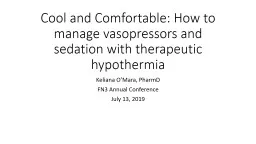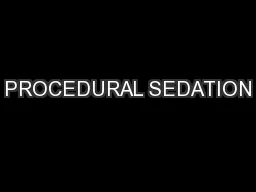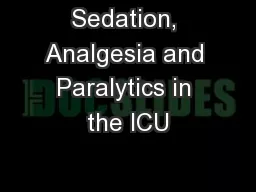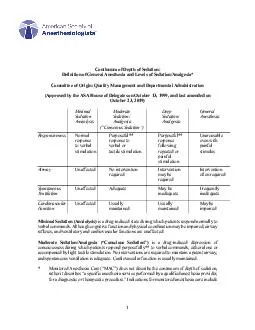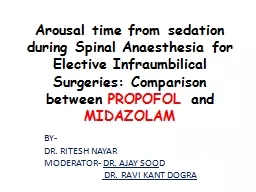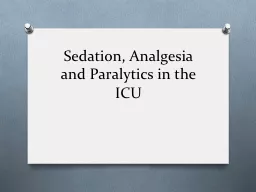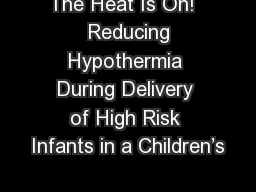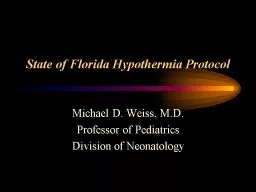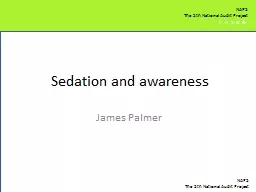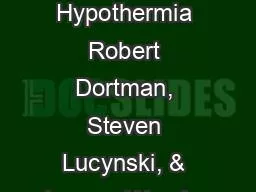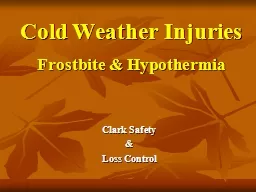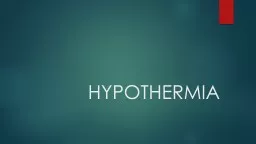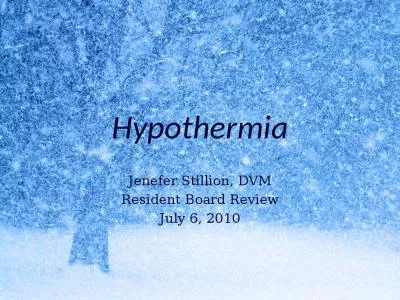PPT-Cool and Comfortable: How to manage vasopressors and sedation with therapeutic hypothermia
Author : conchita-marotz | Published Date : 2020-04-03
Keliana OMara PharmD FN3 Annual Conference July 13 2019 Objectives Review the pathophysiology of hypotension Discuss the role of vasopressors and ionotropes in
Presentation Embed Code
Download Presentation
Download Presentation The PPT/PDF document " Cool and Comfortable: How to manage vas..." is the property of its rightful owner. Permission is granted to download and print the materials on this website for personal, non-commercial use only, and to display it on your personal computer provided you do not modify the materials and that you retain all copyright notices contained in the materials. By downloading content from our website, you accept the terms of this agreement.
Cool and Comfortable: How to manage vasopressors and sedation with therapeutic hypothermia: Transcript
Download Rules Of Document
" Cool and Comfortable: How to manage vasopressors and sedation with therapeutic hypothermia"The content belongs to its owner. You may download and print it for personal use, without modification, and keep all copyright notices. By downloading, you agree to these terms.
Related Documents

